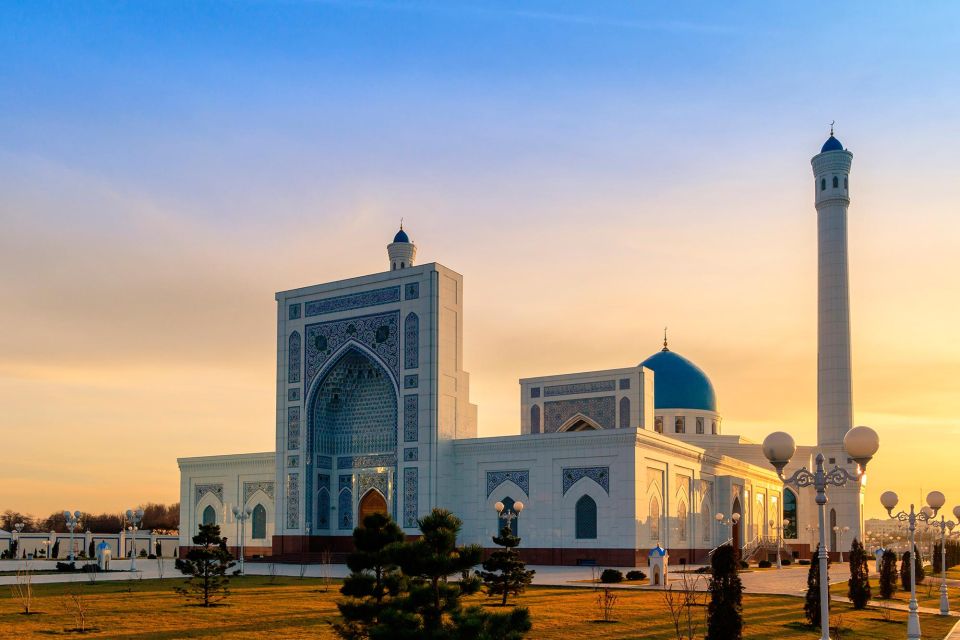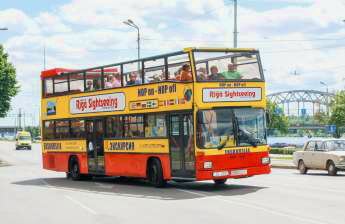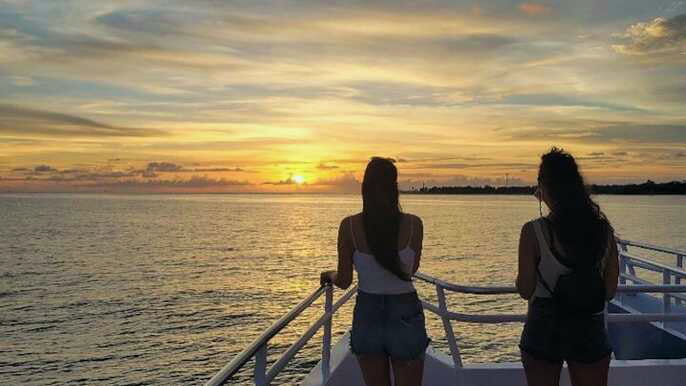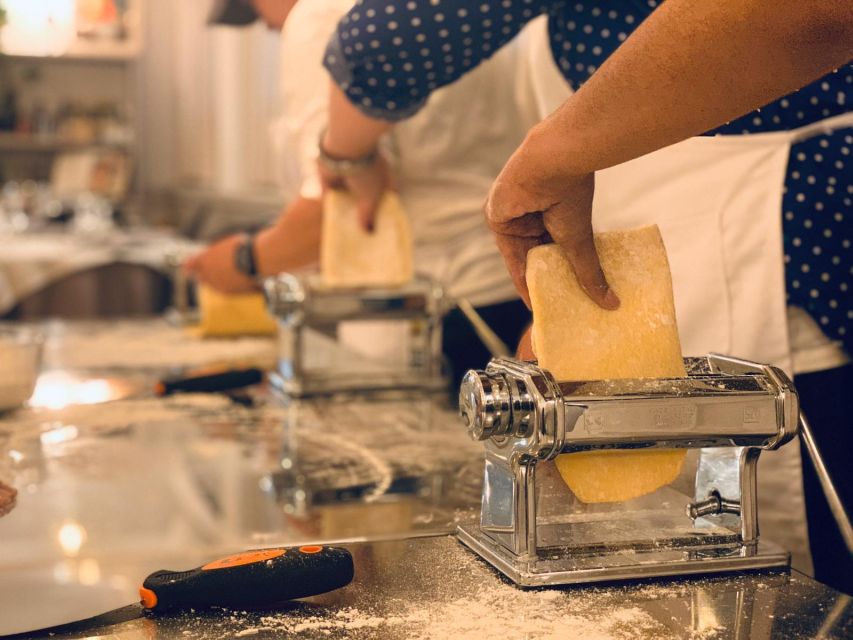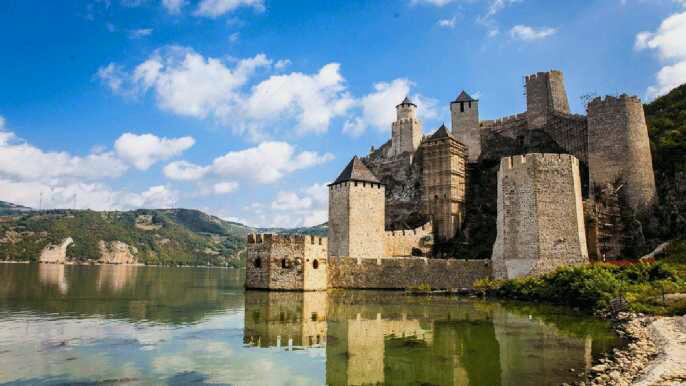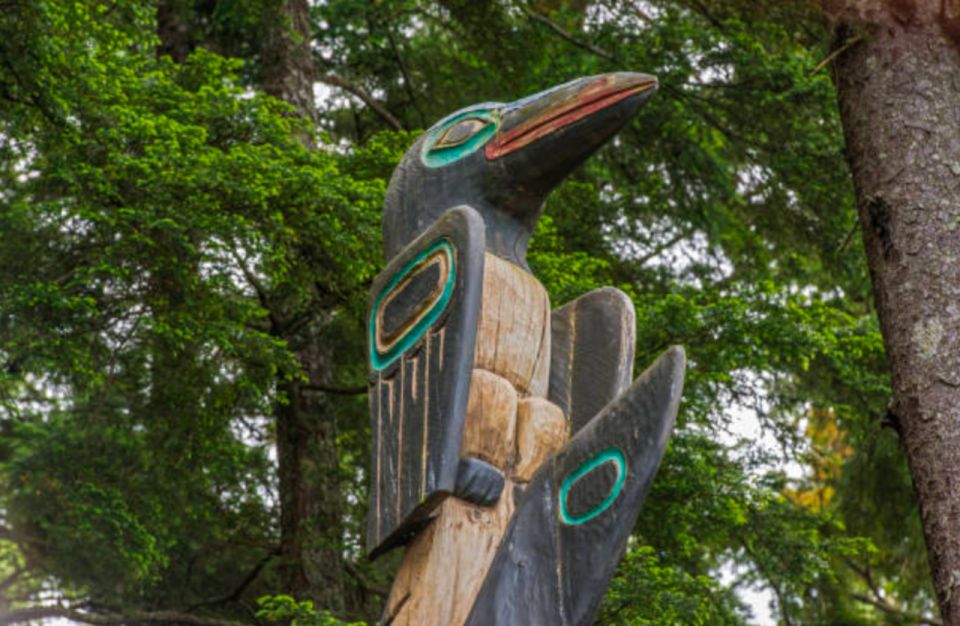Whether you are a first-time visitor to Moscow or are returning to Russia after some time away, there are many attractions that you may want to consider. While Moscow is known as Russia's cosmopolitan capital, you will also find a rich cultural heritage that can be found throughout the city.
Red Square
Located in the Kremlin, Moscow's Red Square is one of the most famous landmarks in the world. It is a square that is 70 meters wide and 330 meters long. It was originally a large meadow. Today, it is a pedestrian zone. The square is surrounded by a number of historical buildings. It is also a venue for festivals and concerts.
In the 17th century, the area was a thriving marketplace. Its original name was Veliky Torg, which means Great Market. In the 1640s, a stone merchant's court was built there. It became a place to sell goods and to store them. In the early 18th century, the wooden market lines were replaced by stone ones. The upper floor of the market line was also built.
The Red Square is known for its beautiful architecture. It is a UNESCO World Heritage Site since 1990. Some of the historic monuments include the Cathedral of Intercession of the Virgin, St Basil's Cathedral, and the State Historical Museum. The Resurrection Gate is located at the north-western end of the square. It is the best way to get into the square.
The square was also a popular place for executions. During the Time of Troubles, a number of false tsars claimed to be real Dmitry. The first public theater in Russia was built here in the 17th century. However, it was destroyed in fire in 1737.
In the late 17th century, the Red Square was cleared of all wooden structures. The area was then divided into retail rows. The market line on the northeast side was a place for wholesale trade.
During the late 19th century, a tram was constructed on Zemsky prikaz. The Zemsky prikaz was illuminated with electric lanterns in 1892. It was later converted into a State Universal Store - GUM.
The Lenin Mausoleum was the central attraction of Soviet Union. It contained the remains of Bolshevik leader Vladimir Lenin. The body was embalmed and laid out in the mausoleum in 1953. The stand was used for military parades on the square.
Lobnoye Mesto is a circular white stone structure in the southeast of the square. It was the first big monument to be built in Moscow. It was a place where religious ceremonies were held, and it was used as a platform for announcements of tsar orders. It was also the site of the execution of Stenka Rasin.
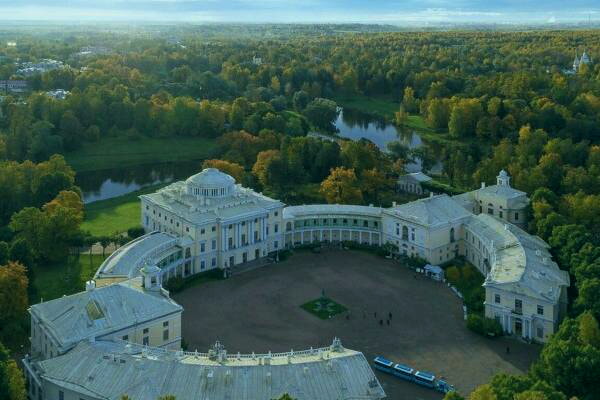
Smolensky Cathedral
During the reign of Tsar Aleksey Mikhailovich, Aleksey Nikitich Trubetskoy became one of the most important statesmen in Russia. He played a pivotal role in the reunification of Ukraine with Russia. During the first decade of the twentieth century, he was a prominent figure in the affairs of the All-Russian Congress of Zemstvo leaders.
Trubetskoy was born in 1870, the second son of Yuri Trubetskoy and Maria Kuchevsky. The family is a spiritual aristocracy. His father served as a room steward for Tsars Fedor Alekseevich and Peter I the Great. He was married to Praskovya Vladimirovna. They had three children.
After graduating from a cadet academy, Alexander Evgenievich joined the Life Guards Horse Grenadier Regiment. The regiment fought in World War I and was disbanded in 1918. He earned the rank of lieutenant general. He took part in hostilities in 1915 and was awarded the Order of St. Anna III degree.
He was a member of the Moscow Psychological Society and the Religious-Philosophical Society. He wrote philosophical articles for publishing houses. In the late 1920s, he served under the jurisdiction of the Russian St. Nicholas Church, which was under the jurisdiction of the Metropolitan Evlogy.
In the spring of 1906, two Russian intellectuals, Prince Sergei Nikolayevich Trubetskoy and M. K. Morozova, agreed to publish a weekly socio-political newspaper in Moscow. The first issue appeared in March. Other founding members included S. A. Kotlyarevsky, P. A. Florensky, N. A. Berdyaev, and S. A. Elchaninov.
The second edition of the Moscow Weekly was published in August. The paper became widely read in high society in St. Petersburg. But in 1910, Margarita Kirillovna abandoned the publication. In the following years, she moved to a more modest house in Dead Lane.
In the beginning of the twentieth century, Trubetskoy lived a very active lifestyle. He took part in exhibitions in Krasnogorsk and Berlin, and was the second Lermontov in a duel with Martynov. He also provided assistance to the White Army from Moscow.
In the summer of 1922, Trubetskoy was arrested for the second time. He was placed in an internal prison of the GPU in Lubyanka. In addition to his imprisonment, he was sentenced to death by the Supreme Tribunal of the RSFSR.
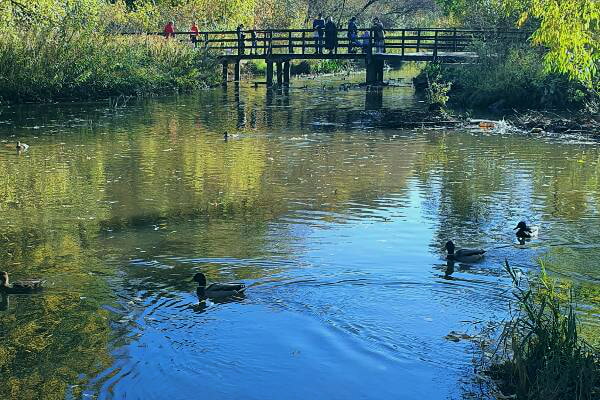
Tretyakov Gallery
Founded in 1856, the Tretyakov Gallery is one of the largest Russian art museums. The museum's collection of art is comprised of over 170,000 items. It includes works of many famous Russian artists, as well as several sculptures. The gallery also hosts theatre and concert performances, lectures, and small group tours. It is located near the Park Kultury metro station.
The Tretyakov Gallery was named after Pavel Mikhailovich Tretyakov, who was a Moscow textile merchant and art collector. He owned a collection of over 1,300 paintings and sculptures. He donated his collection to the city of Moscow in 1892. The museum is also home to the world's largest collection of Russian art.
The collection grew rapidly after the October Revolution. It was augmented by the nationalization of private collections. This led to the creation of a museum fund that was constantly replenished. Eventually, the art collection grew to the point where the museum housed more than 2,000 paintings.
During the Second World War, the Tretyakov Gallery was evacuated to Novosibirsk. There were nine exhibitions held there, but the museum suffered direct hits from German bombers. The gallery's facade was reconstructed. It became the gallery's icon.
The museum has an Avant-Garde exhibit, featuring art by leading Avant-Garde artists. The collection contains works by Ivan Kramskoy, Vasily Perov, Alexander Rodchenko, and Wassily Kandinsky. Other artists represented in the collection include Ilya Repin, Isaac Levitan, Konstantin Savitsky, and Vasily Surikov.
In addition to the main gallery, the Tretyakov Gallery houses several annexes. It has a science library, a restoration department, and a team of experts. In 1995, the building underwent a large-scale reconstruction. The new facade was designed by Viktor Vasnetsov in a Neo-Russian style. The building is also the largest open-air sculpture museum in Russia.
The State Tretyakov Gallery celebrates its 160th anniversary on May 22. The art collection in the state museum includes works by numerous artists, including Mikhail Vrubel, Vasily Perov, Serov, Levitan, Malyavin, and Korovin. It also has an extensive collection of icons, as well as numerous sculptures.
The Pavel Tretyakov Gallery also consists of an archive. The museum has numerous portraits, landscapes, genre paintings, and more.
Kremlin
Located in Moscow, Russia, the Kremlin is an enormous complex of buildings dating back to the early fourteenth century. It is shaped like a triangle and is surrounded by a 750 meter long wall, which is 20 feet high. There are about 15 structures that make up the complex. Some are museums and others are churches. The complex is also surrounded by gardens filled with gladilus.
The Kremlin is home to the government of Russia. There are several different ways to visit the Kremlin. Some people purchase an entry ticket to enter the area. They can then visit all the museums within the complex. There are also a few single-subject museums. You can learn about the history of the Kremlin and Russia in general. There are also guided tours that include tickets.
The ancient Kremlin is located on the east side of Moscow. The first settlements here date back to the Bronze Age. In the 10th century, Slavic peoples occupied the area. In the early seventeenth century, the site was occupied by Polish-Lithuanian invaders.
The Kremlin is also home to the Russian Orthodox Church. There are several cathedrals within the complex, and most of them are now open to the public. The Archangel Cathedral, built from 1505-1508, is the church where a number of the czars of Russia are buried. It has been painted with frescoes.
The Supreme Soviet is a large building, located near the Council of Ministers. It has a massive podium and a 1,500 seat hall. The building has a 16-channel sound system. During the Soviet regime, the Supreme Soviet was supposed to rule the country.
There are also several palaces that make up the Kremlin. The Palace of Facets and the Palace of the Archangels were built in the late fifteenth and early sixteenth centuries. The former was a white-stone fortress of Prince Dmitry Donskoy.
The Kremlin is a UNESCO World Heritage Site. It was the first man-made structure on Russian soil to receive that designation. During the Communist regime, the Kremlin became the symbolic center of the Soviet government.



